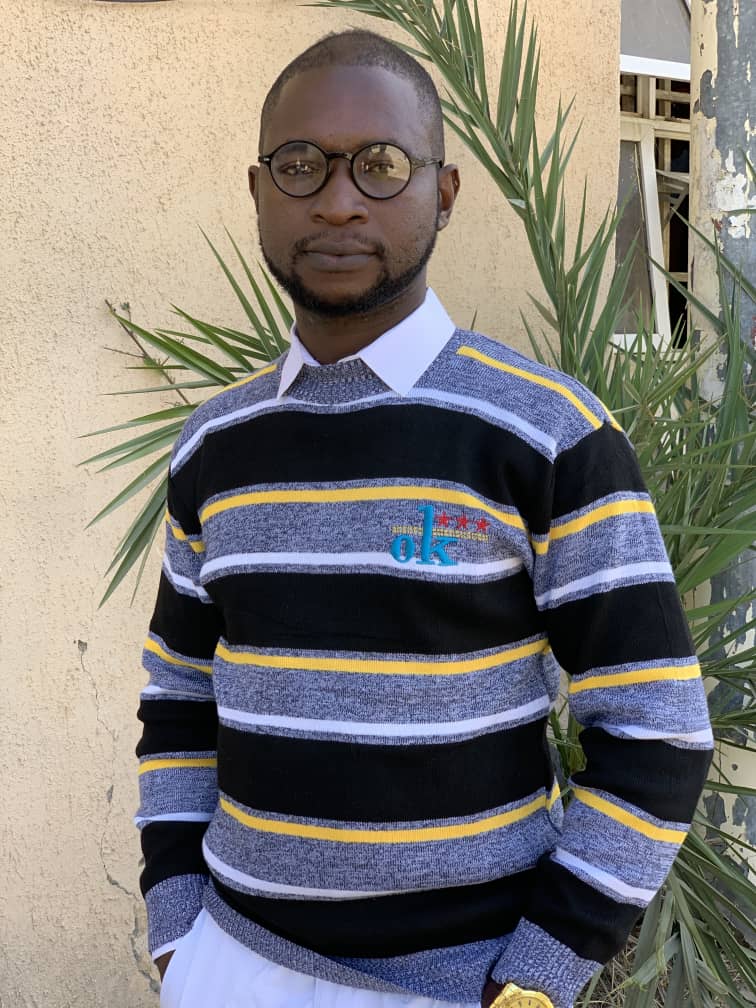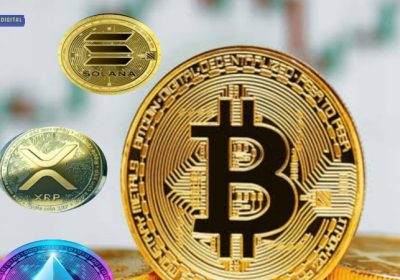History Repeated: Bitcoin volatility Collapse According To Data From Market Strategist

As per data shared by Charlie Bilello, Chief Market Strategist at Creative Planning, the number one Coin has collapsed to a record low that has not been witnessed for a long time.
Volatility is the degree of price fluctuation a digital asset encounters in a particular period. Exceptionally volatile digital currencies can see huge price changes in brief periods of time, presenting two open doors both risk and opportunities for investors.
digital assets with very high volatilities are much of the time new ones to the market, and meme coins with lower valuations. Factors such as market demand, regulatory development, and large-scale patterns add to cryptocurrency instability.
Read Also: Shiba Inu Burns Spike 1,500% in a Day, Shibarium Gears Up for 1,000 New Projects
Volatility History Of Bitcoin
In Bitcoin’s earliest days, the digital asset saw high volatility because of its incipience, prompting the gigantic gain it printed. For example, BTC took off from a low of $2 in November 2011 to a high of $1,163 in November 2013, denoting a 58,000% addition in only two years.
Notwithstanding, this increased volatility likewise added to the quick decline of the asset’s price, with the crypto asset likewise plunging 87% from the $1,163 high to a low of $152 in January 2015. Bitcoin’s volatility as of January 2012 remained at 179%, according to information from the Head of Marketing Strategist at Creative Planning, Charlie Bilello.
Bitcoin's 12-month annualized volatility…
Jan 2012: 179%
Jan 2013: 68%
Jan 2014: 140%
Jan 2015: 81%
Jan 2016: 61%
Jan 2017: 49%
Jan 2018: 102%
Jan 2019: 85%
Jan 2020: 65%
Jan 2021: 85%
Jan 2022: 73%
Jan 2023: 63%
Jan 2024: 45%$BTC pic.twitter.com/Z2ZEeew1Yx— Charlie Bilello (@charliebilello) January 27, 2024
Bilello’s revelation uncovered that Bitcoin’s volatility has kept on diminishing from that point forward, however, it remained genuinely high, unlike more steady classes in traditional finance. Volatility dropped to 68% in January 2013, and afterward rose to 140% in January 2014, as BTC saw more noteworthy demand.
From January 2014, Bitcoin’s annualized volatility saw continuous yearly downfalls until it hit a low of 49% in January 2017. Following the 2017 bull run, which saw BTC spike to another unsurpassed high of $19,666, Bitcoin volatility rose to 102%.
enumerating for the purpose of context, gold’s volatility around 2019 was 15.44%, while the S&P 500 had a volatility of 14.32%. Some TradFi investors have highlighted Bitcoin’s high volatility as motivation to avoid the asset, as any investment in it could prompt significant misfortunes.
Read Also: Terra Classic Bull: Derek Calls For Patience From Investors As The Coin Aims At $0.03
45% Volatility Drop, Why
Bitcoin’s annualized volatility has been fluctuating somewhere in the range of 63% and 85% from around 2019. As of January 2024, volatility dropped to 45%, denoting the lowest recorded rate since 2012.
This breakdown has been credited to Bitcoin’s entry into TradFi following the SEC’s spot Bitcoin ETF approval. However, instability stayed high at the beginning of the approval because of the monstrous outpourings from the Grayscale Bitcoin Trust (GBTC), as indicated by analysts at Bitfinex.
As the Bitcoin ETF market progresses to a more mature stage, these outflows have slowed, with their effects on volatility seeing a reduction. Bloomberg ETF analyst James Seyffart predicted earlier this month that the spot Bitcoin ETF approval would reduce Bitcoin’s volatility.
While the reduction in volatility might not appeal to short-term investors aiming to profit with large price movements, it points to Bitcoin’s maturity as an asset class. This volatility drop would be favored by long-term institutional investors.
Follow us on Twitter, Facebook, Telegram, and Google News.

Meet Daniel Abang: Crypto guru, content creator, and analyst. With a deep understanding of blockchain, he simplifies complex concepts, guiding audiences through the ever-changing crypto landscape. Trusted for his insightful analysis, Daniel is the go-to source for staying informed and empowered in the world of cryptocurrency.









